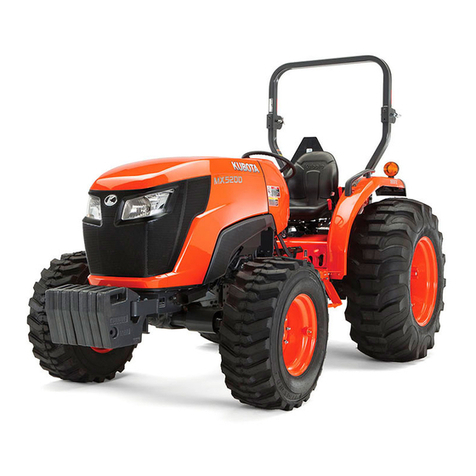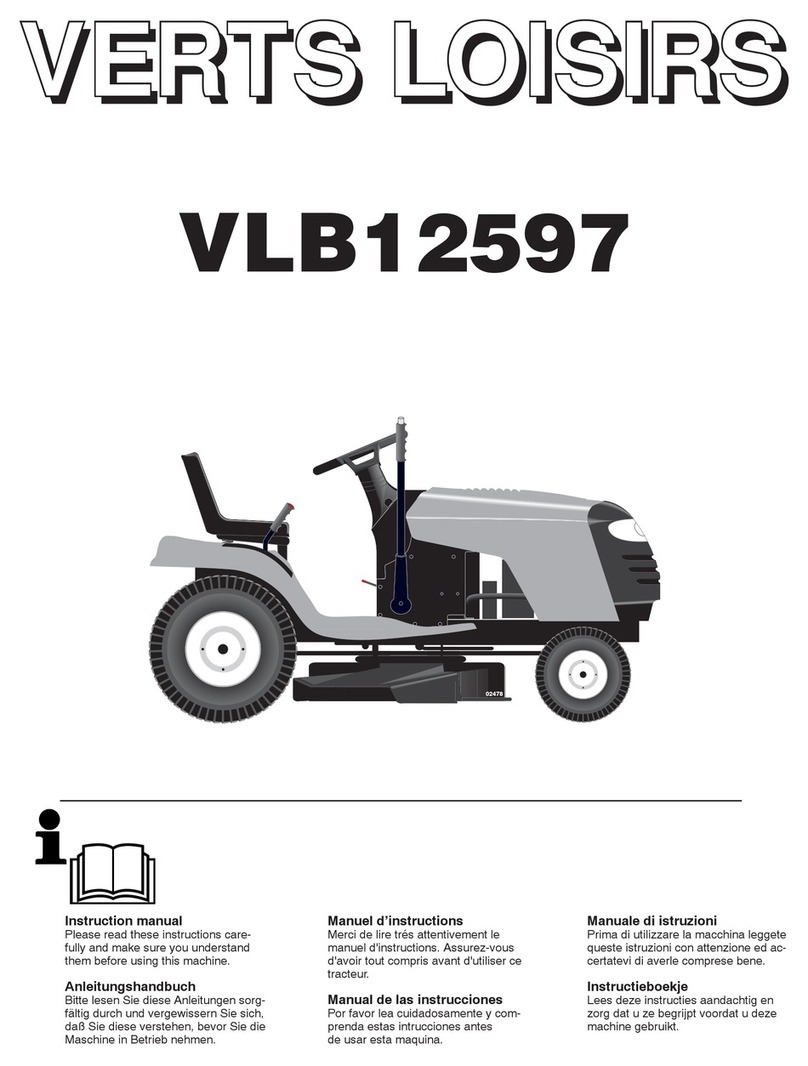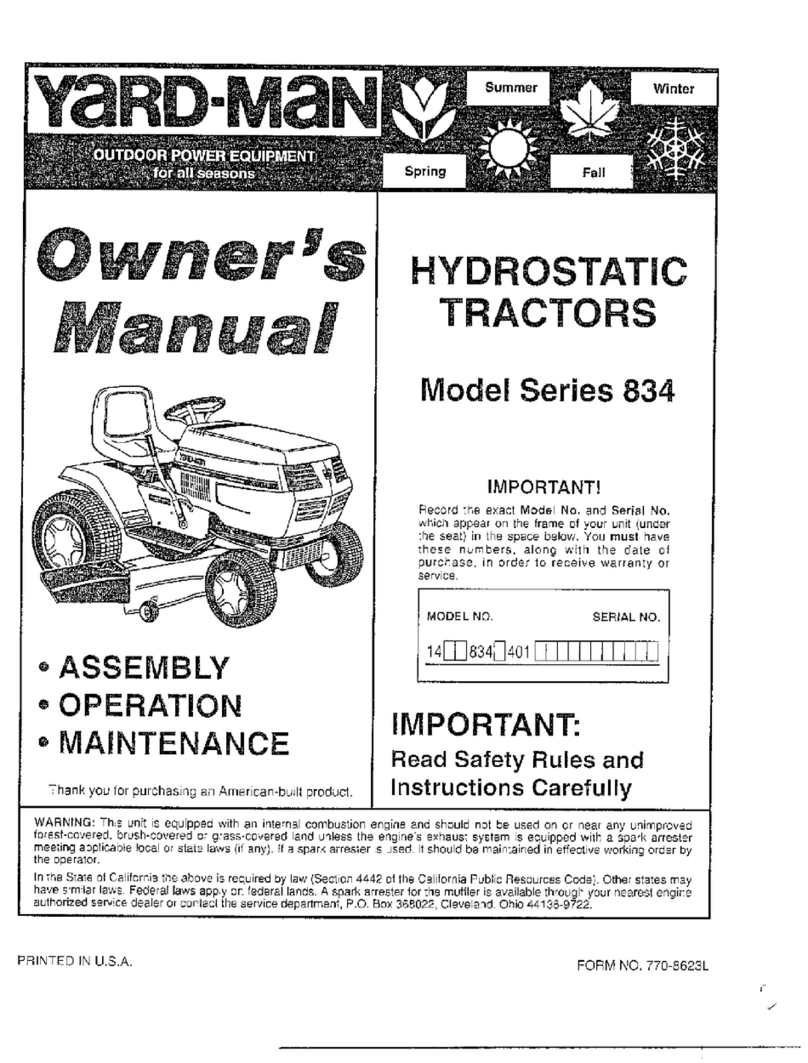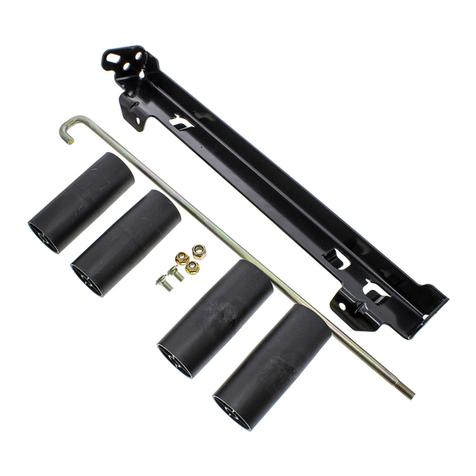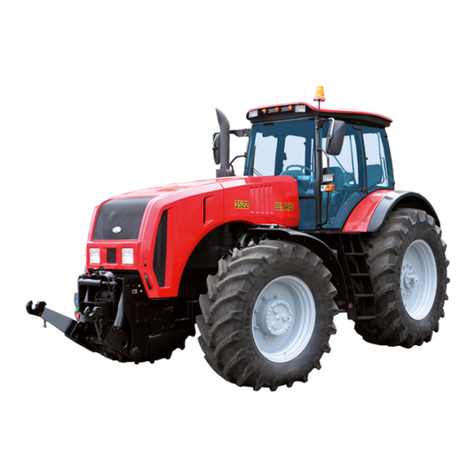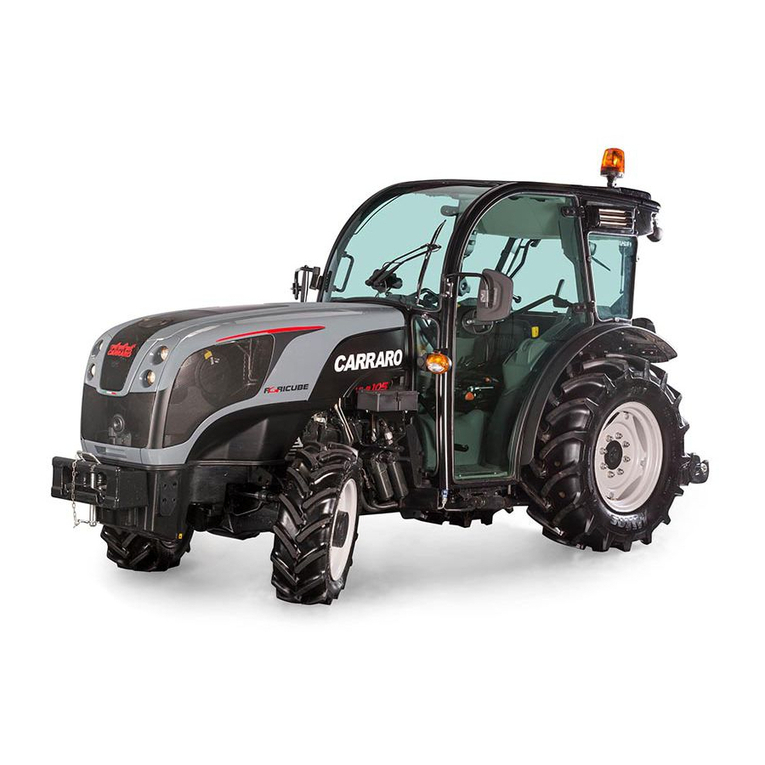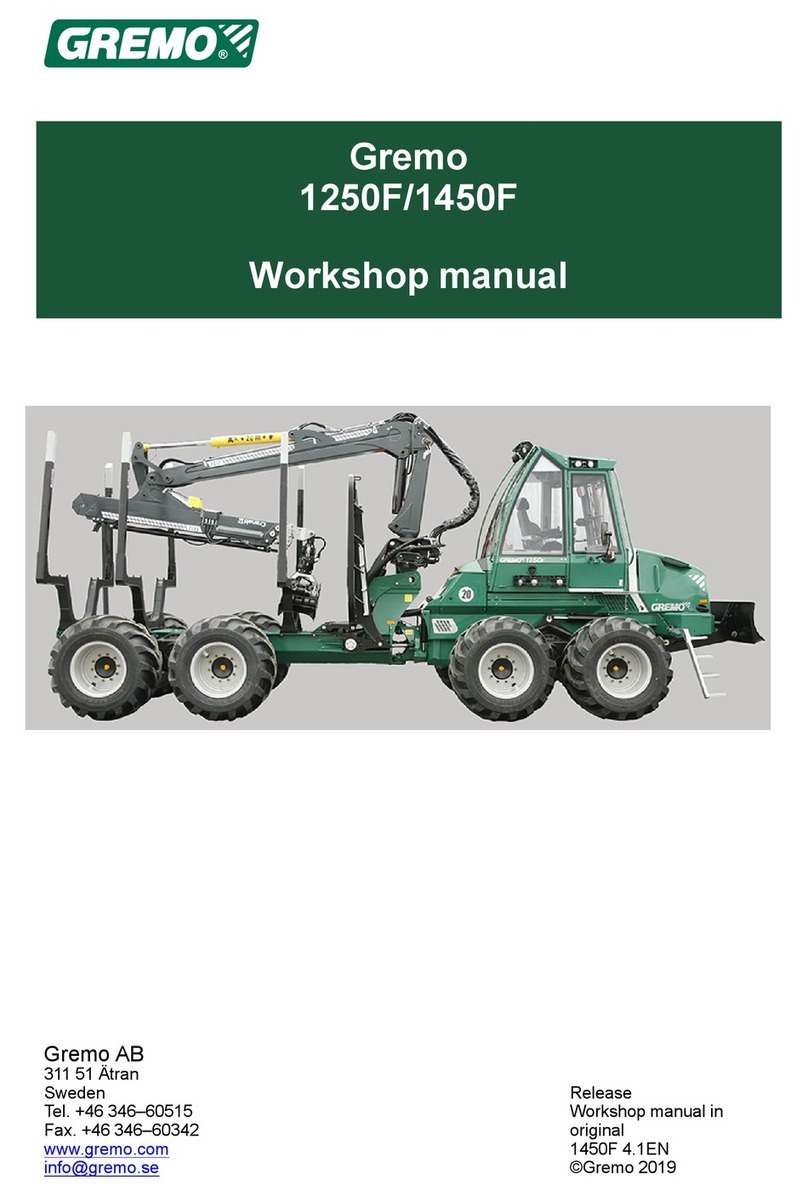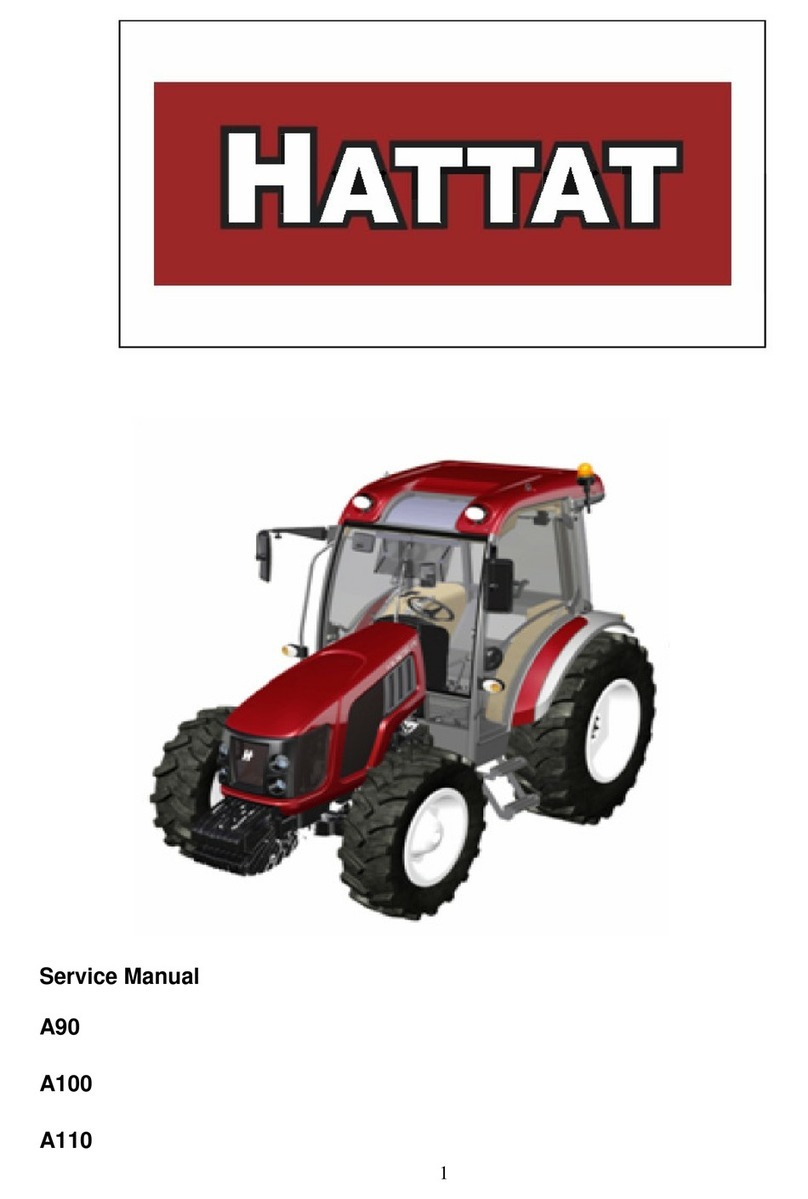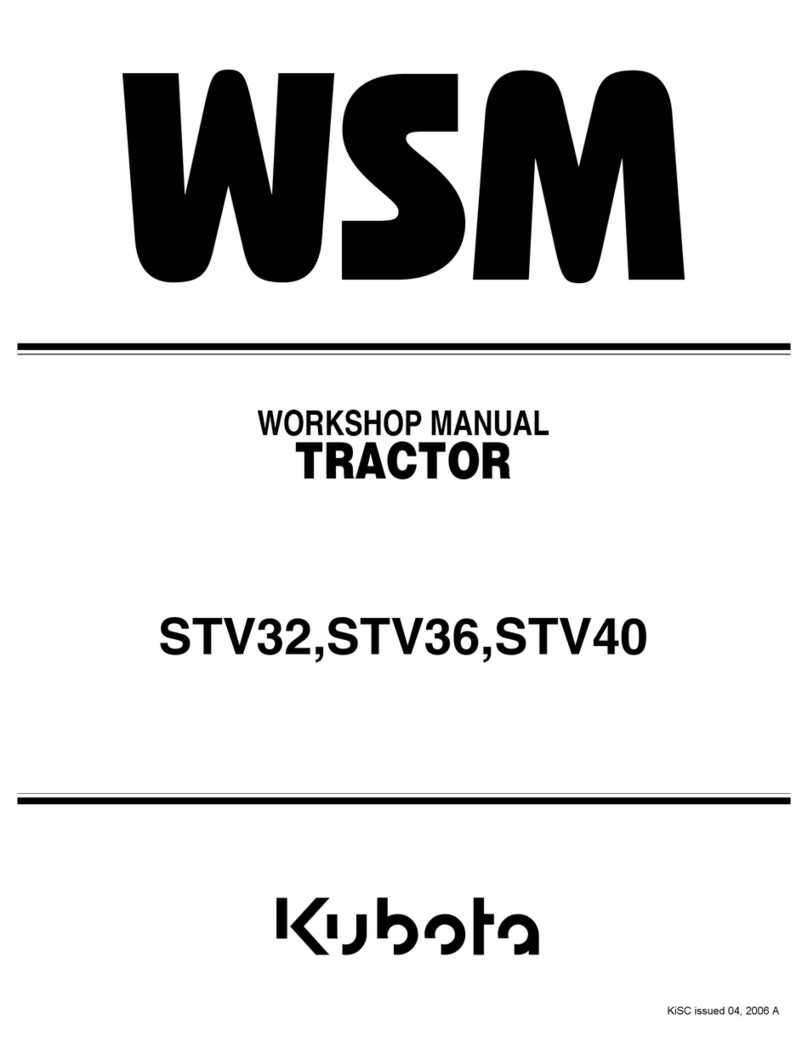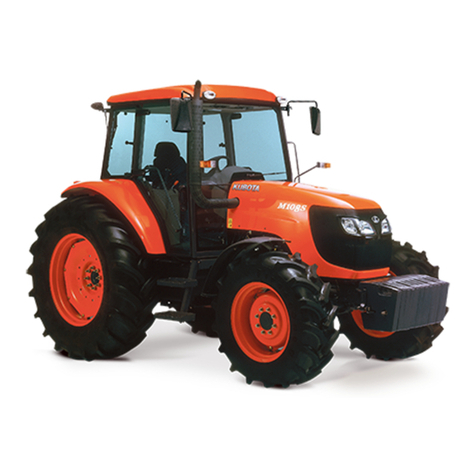International Harvester Company TD-14A User manual
Other International Harvester Company Tractor manuals

International Harvester Company
International Harvester Company TD-24 User manual
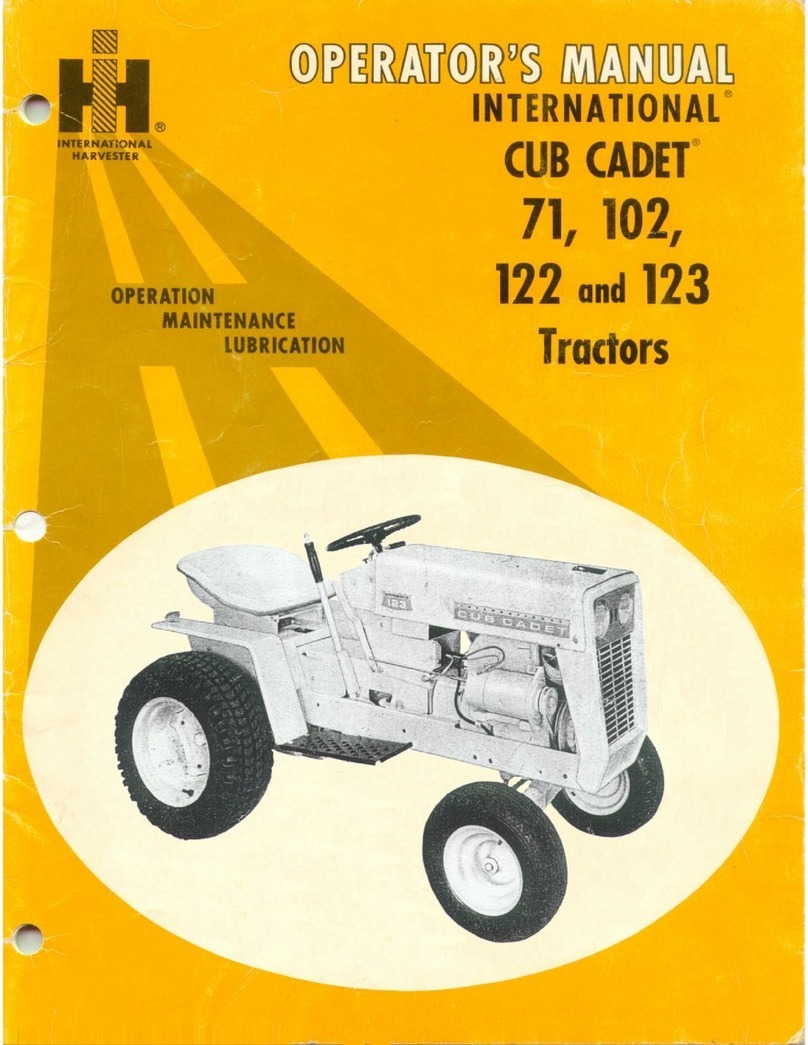
International Harvester Company
International Harvester Company International 102 User manual

International Harvester Company
International Harvester Company McCormick Farmall Super C User manual

International Harvester Company
International Harvester Company INTERNATIONAL Cub Cadet 73 User manual

International Harvester Company
International Harvester Company International 102 User manual

International Harvester Company
International Harvester Company CUB User manual

International Harvester Company
International Harvester Company McCORMICK FARMALL Cub User manual
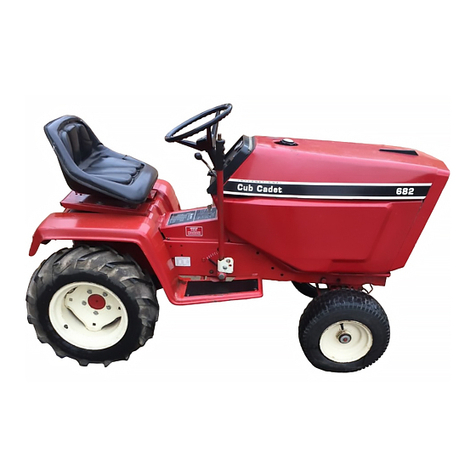
International Harvester Company
International Harvester Company Cub Cadet 682 User manual

International Harvester Company
International Harvester Company Farmall A User manual
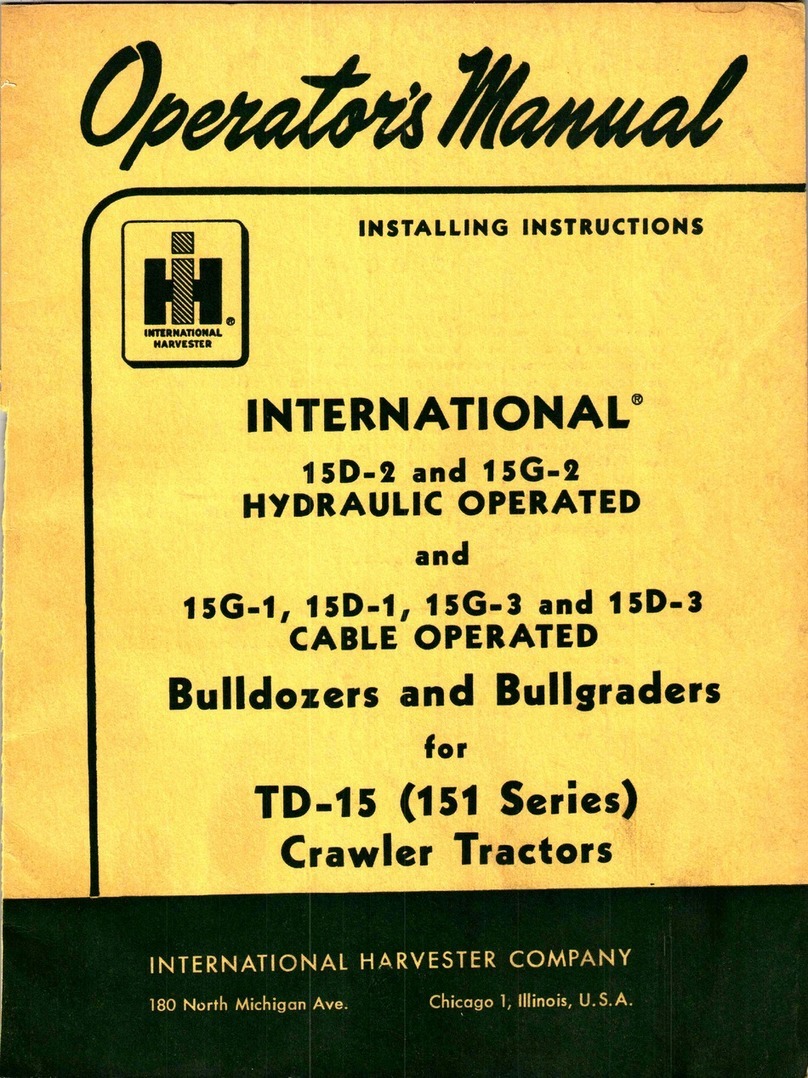
International Harvester Company
International Harvester Company 15D-2 User manual






